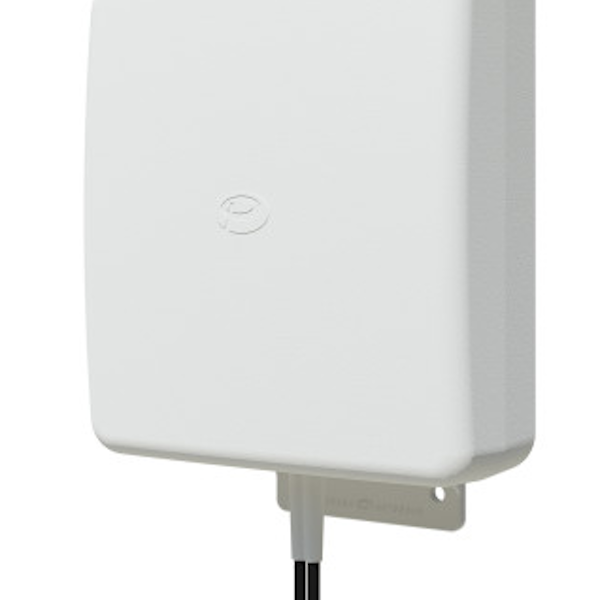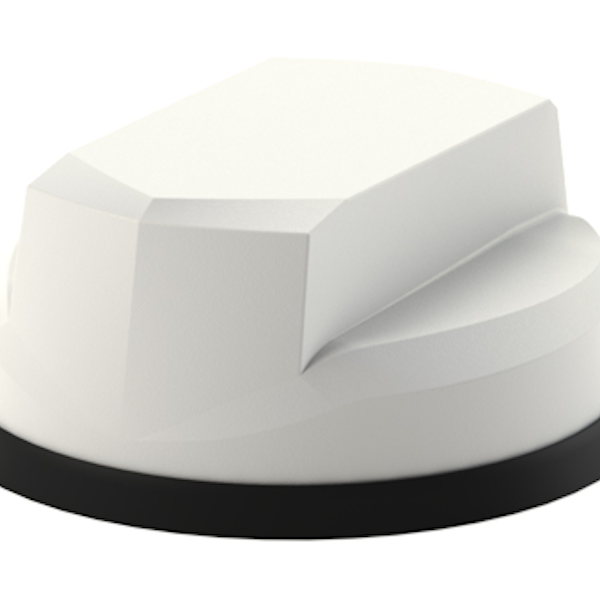Antennas are critical for the use of mobile gateways, WiFi access points, cellular boosters, etc.
To get the best combination of communication hardware and antenna, here are the main points to take into account:
- Make sure that the antenna is matched. This includes taking care that the antenna has a positive gain on the bands that your equipment is receiving or sending data or voice. For instance, if an LTE signal is broadcast from a Telco Tower at 700 MHz, the antenna should cover this band. Often equipment is upgraded from say 3G to 4G but the antenna is repurposed. In this case the antenna could be an older model and not support 700MHz as at that time the lowest frequency that needed to be supported was say 850MHz. Depending on the antenna, the gain could actually be negative and the 4G either does not work well or it fails over to 3G resulting in a poor throughput and unsatisfactory results overall.
- Use the appropriate type of antenna. For antennas there are two main options, fixed locations and mobile locations. In fixed locations we can use a directional antenna to get the best coverage from a cellular tower at the location where the equipment is installed.
- Make full use of MIMO. MIMO stands for multiple in multiple out. For instance, if a gateway has 2x2 MIMO available (and most 4G modems are) then the antenna needs to support this as well. The antenna can have 2 antenna elements build-in and two cables come out of the antenna and plug into each antenna socket on the gateway. A lot of 4G installs are installed with only one antenna. This results in half the speed and performance, even though the client is paying for a full subscription. Changing the antenna from a SISO antenna to a MIMO antenna often doubles the speed and performance.
- Pointing directional antennas. As a directional antenna has a segment of sending and receiving, it's important to make sure this is pointing to the right tower. Ensuring this is done properly makes the performance much better. In some cases, a stationary installation benefits from using omni directional antennas, especially if there is not good line-of-sight to the tower. This omni antenna will pick up reflected signals much better than a directional antenna.
- There are different MIMO options, 4G often uses 2x2 MIMO, 5G can use 4x4 MIMO . This is the same for WiFi. Its important to match the right frequencies and MIMO options for the selected hardware.
Directional Antennas
Directional antennas are used at fixed locations. This helps to make sure that all the signals between the telco tower and the connected hardware are focused and no transmission power is wasted into directions where there is no telco tower.

WMM8
The WMM8G-7-38 antenna is a high gain directional 2x2 MIMO signal boosting antenna for 4G/5G LTE.
Incorporating two separately fed wideband elements in a single housing the WMM8G is equipped to provide client-side MIMO and diversity support for 4G/5G LTE. The rugged, weatherproof housing is designed for wall mounting.
Wall and mast mounting brackets are provided. 5 metres of fitted low loss double shielded twin cable minimizes exposed connector joints and simplifies cable management for easy installation.
The WMM8G-7-38-5SP and WMM8G-7-38-03NJ are upgraded versions of the popular WMM8G-7-27-5SP and WMM8G-7-27-03NJ antennas covering the new 3.4-3.8GHz frequency bands.

WM8
A versatile high gain directional antenna ideal for indoor and outdoor deployment, Panorama’s WM8 range allows businesses and facilities to support multiservice/multi-operator wireless coverage.
The WM8-BADEP3G-NJ supports 2G, 3G, 3G+, and 4G technologies including LTE, AMPS, PCS, GSM, UMTS, and AWS. The WM8 range is housed in impact-resistant, UV stabilised, and flame retardant plastic. The antenna is sealed to be weatherproof and features a heavy-duty N female connector making it ideal for indoor and outdoor deployment, including InBuilding coverage or network infill applications.
Omni-Directional Antennas
Omni-Directional antennas are used for mobile locations. Often vehicles or vessels. Also in locations that change position often like portacoms.

LGMTM
The L[G]M[X]M[X]-6-60[-24-58] range has been designed to provide 2x2 4G/5G MiMo performance from 617-960/1427-6000MHz in a robust low profile package.
The flexible platform allows the main elements to be combined with a number of other functions including GPS/GNSS and up to 6x6 MiMo WiFi 2.4/4.9-7.2GHz.
The antenna is designed to be panel mounted and can be fitted on a conductive or non-conductive panel. Supplied with integrated flame retardant RG174 cables (Compliant to UN ECE R118.03 and EN45545-2) and a halogen-free flame retardant radome the antenna is suitable for many environments and applications.
The LGM variants have an integrated GPS/GNSS module supporting GPS, Glonass, Galileo and Compass with 26dB LNA gain. This GPS module features advanced filtering for LTE B13/14 designed to minimise potential in-band interference.
The antenna is available with a black or white radome which meets IK10 for vandal resistance and IP69K for ingress protection.